Starting Points for Abstraction Week 4: Emotion and Intuition
July 13, 2021
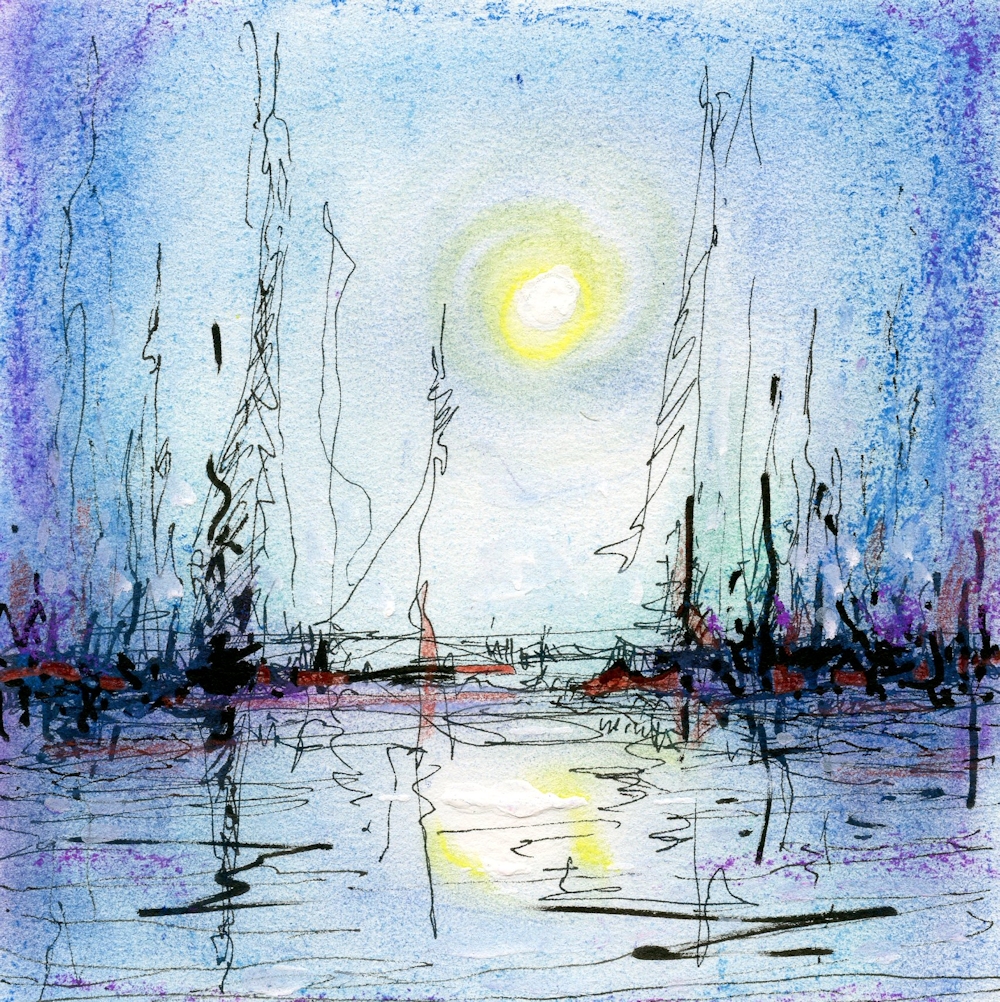
Intuitive drawing and mixed media
Jackson Pollock quote:
« One day, a critic wrote that my works didn’t have a starting point or an end. He wasn’t looking to pay me a compliment but he did”, said the artist.
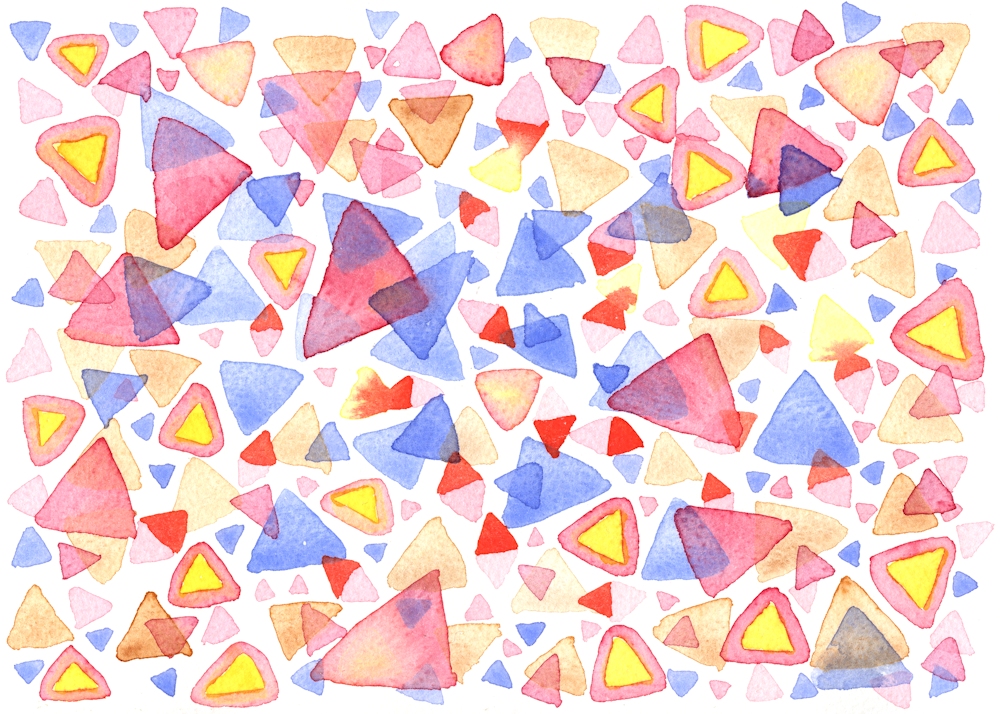
Intuitive Watercolour
It is no surprise that some of the most famous artists with abstraction as the greater part of their work are either musicians or have both a passion for and knowledge of music. It is after all the most abstract of the arts and has a huge power to communicate emotion from laughter to despair.

Intuitive Drawing and Watercolour
Colour and music
These include; Rothko, Kandinsky, Klee, Mondrian, Pollock. Individual works are often described as sorrowful, rhythmic, playful, loud, adjectives you could just as easily use for music. Several worked in an abstract style with the conscious intent of finding in art and equivalent language to music. Klee likened the colours in a paint box to musical notes. Kandinsky heard colours. When he saw yellow he heard the exuberance of the trumpet. Pollock’s action paintings are full of the rhythm of his movements as he dripped his paint. Some of Klee’s works appear as symbols on lines almost resembling staves. Kandinsky used musical terms such as Improvisation, composition, fugue when assigning titles to his works. Klee’s most abstract grid paintings contained variations on a theme; rows of different hues would be reversed or more subtly changed to create movement.
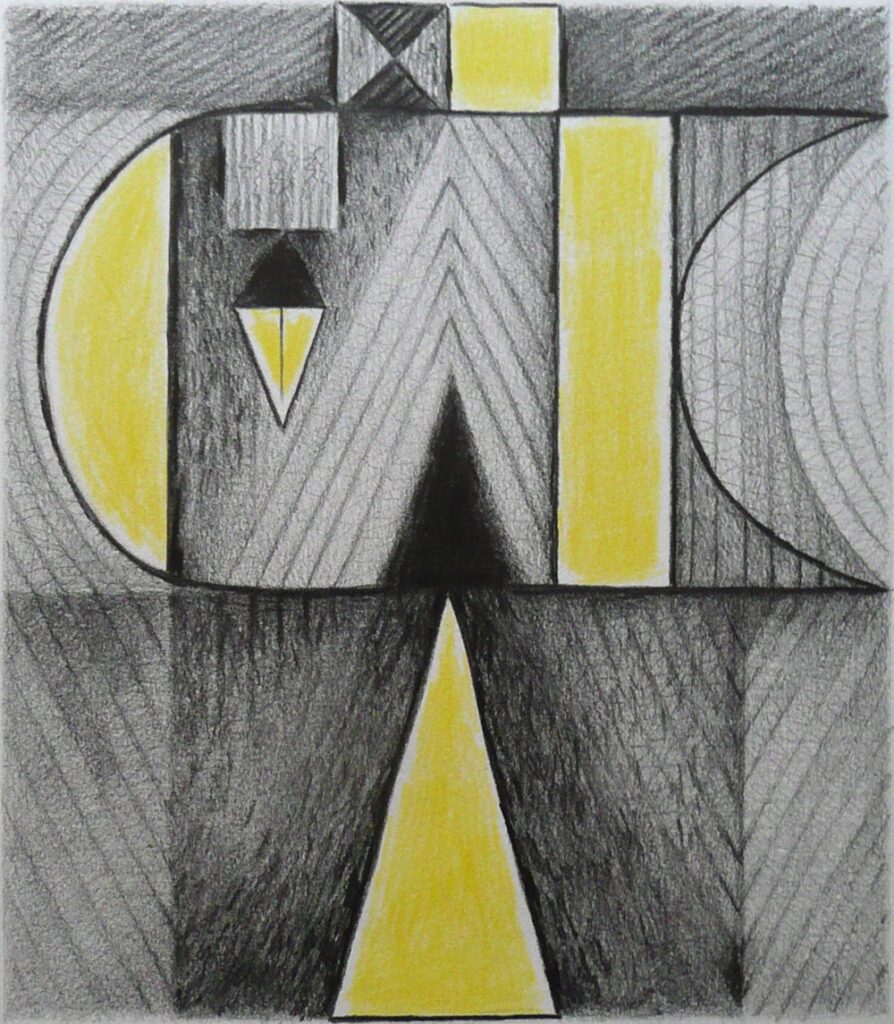
Pencil and wax crayon
Thought about this one.
Think of music that makes you feel; sad, happy, relaxed, excited, thoughtful, serene etc.
What colours do you associate with these?
Practical
Look at works by Jackson Pollock, Lee Krasner, Mark Rothko, Patrick Heron and William Baziotes
https://www.pinterest.co.uk/jhall1282/abstraction/jackson-pollock/
https://www.pinterest.co.uk/jhall1282/abstraction/lee-krasner/
https://www.pinterest.co.uk/jhall1282/abstraction/mark-rothko/
https://www.pinterest.co.uk/jhall1282/abstraction/patrick-heron/
https://www.pinterest.co.uk/jhall1282/abstraction/william-baziotes/
Then use line and/or colour to make a work with a definite emotion in mind. This may be inspired by a piece of music, person or experience. It may be an emotion in the sense of sad, happy etc. or the thrill of a roller coaster, exhaustion after running, any experience that you feel inspired to translate into colour and/or line.
The Action painters like Pollock made a start and added each step intuitively. It is for you to choose whether to plan or just to start and see where you pencil or brush leads you. Music is useful as it has a rhythm that can be expressed by line. Try experimenting with music mimicking the rhythm first with a broad brush and then on the same paper with a narrow brush or a rigger. If you are feeling less brave try pencil or crayon.
During the session we will do short exercises exploring how different lines and colours can express very different emotions, followed by developing one of the resulting drawings as a more considered work.
Have the following ready ;
Inexpensive A4 paper (cartridge or copier paper); a soft pencil or dark coloured pencil; a dark or bright wax crayon; your choice of medium and an appropriate support for developing the painting inspired by your drawing.
Your paintings:
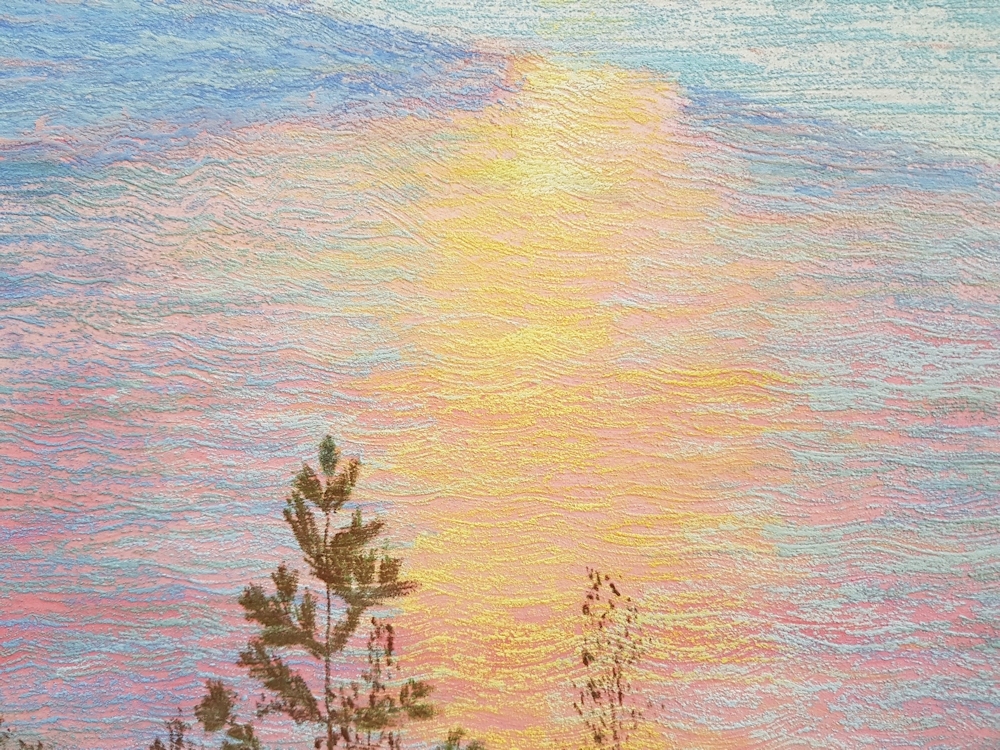
Pastel on Watercolour over textured Gesso
by Malcolm

PVA and ink by Sandra

by John
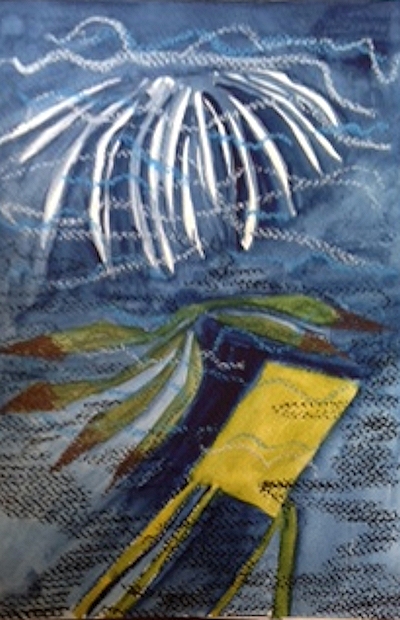
In the Deep Sea
by Elizabeth

The Olgas Western Australia
by Elizabeth